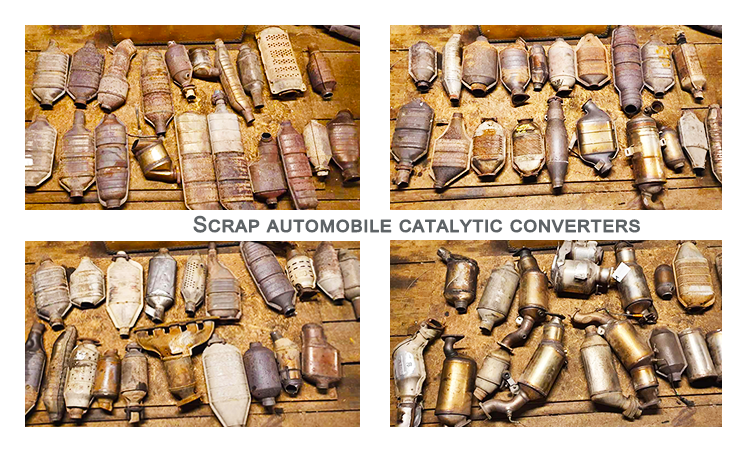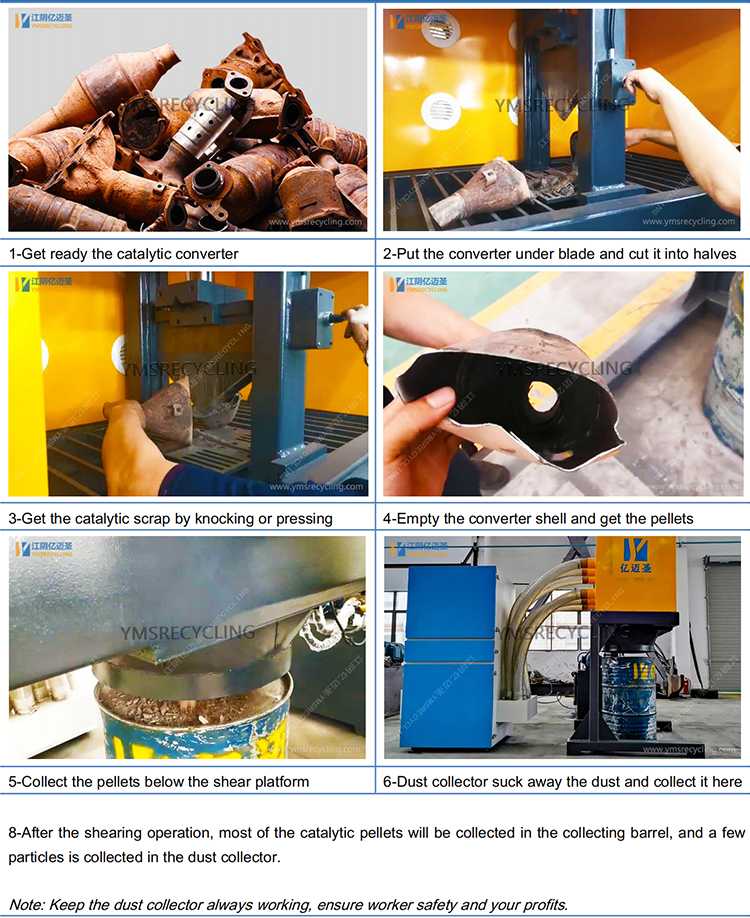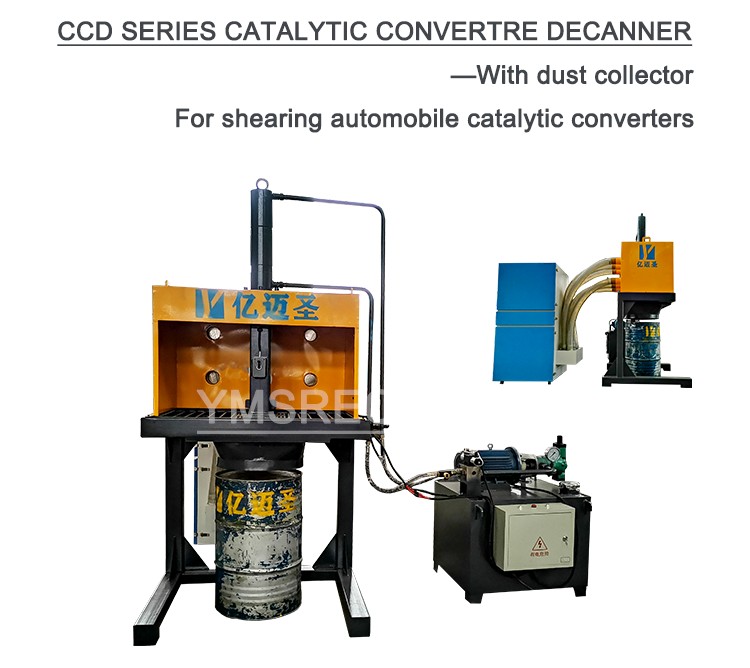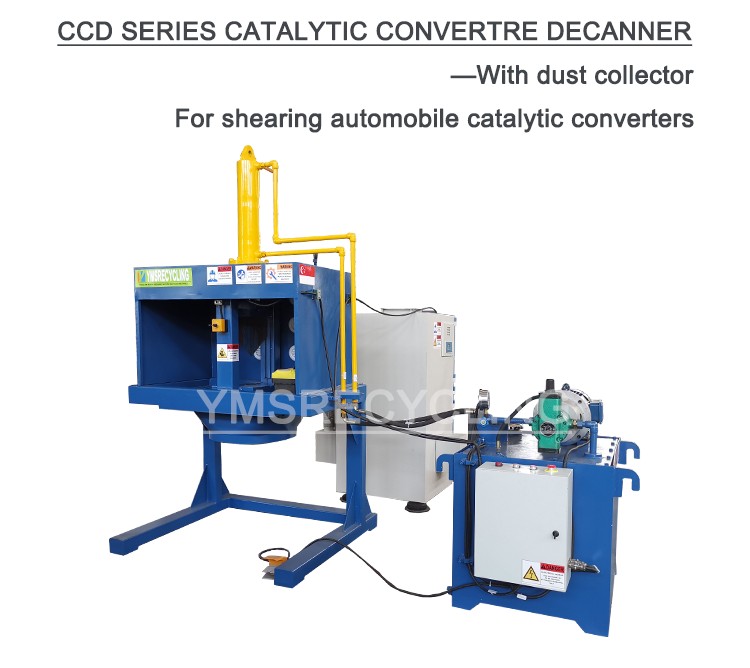Thio acid antimony and antimony (SbSbS 4) is an extremely good performance grease extreme pressure and anti-wear additives and solid lubricants in the 1980s by the United States first developed successfully and quickly applied to naval equipment. Many literatures have been reported and their performance has been highly evaluated; a small amount of added to the grease can significantly improve their load carrying capacity and wear resistance, and their extreme pressure and wear resistance is much better than the traditional MoS 2 , WS 2 and graphite; and all aliphatic base such as lithium grease, a clay grease, grease and aluminum complex grease and the like have good compatibility; comprises various hard alloy tool steel and lubricated chromium stainless steel, are Very good lubrication effect; good thermal stability; suitable for high vacuum, high load, radiation and other special conditions. A summary of the various synthetic methods, properties and applications of bismuth thioantimonate.
First, the synthesis method
The basic reaction for the synthesis of bismuth thioantimonate is
Sb 3 + +SbS 4 3 - =SbSbS 4
SbSb 4 3 - is usually prepared by oxidizing Na 3 SbS 3 with Na 2 S 2 , and Na 3 SbS 3 is a reaction product of Sb 2 S 3 (or stibnite) with Na 2 S
Sb 2 S 3 +3Na 2 S=2Na 3 SbS 3 (1)
Na 3 SbS 3 +Na 2 S 2 =Na 3 SbS 4 +Na 2 S (2)
The reaction (1) can be carried out by a solid phase reaction or a liquid phase reaction, and the rest of the reaction is carried out in a solution. The two-step reaction can also be completed in one step, and the total reaction formula is expressed as
Sb 2 S 3 +3Na 2 S+2S=2Na 3 SbS 4
This step is protected with N 2 , otherwise the perthio acid salt (product color dark) cannot be completely formed. This problem is solved by adding a small amount of auxiliary reagent, and N 2 protection is no longer needed.
Sb 3 + may be provided directly by SbCl 3 or may be provided by a complex of Sb 3 + . The synthesis method of bismuth thioantimonate can be classified into the following categories depending on the method of providing Sb 3 + .
(1) directly reacting with SbCl 3 and Na 3 SbS 4
Since SbCl 3 is strongly hydrolyzed in water, although it can be formulated into an aqueous solution in a strong acid solution, once the alkaline Na 3 SbS 4 solution is immediately hydrolyzed, the product contains SbOCl; while Na 3 SbS 4 is in a strongly acidic SbCl 3 When the solution is dissolved, decomposition will also occur, and elemental sulfur will be precipitated in the product:
SbCl 3 +H 2 O=SbOCl å 2HCl
2SbS 4 3 - +6H + =Sb 2 S 3 +2S+3H 2 S
Both of these conditions can cause corrosion of the frictional surface when the product is applied, especially the latter. In order to reduce the occurrence of these side reactions, SbCl 3 is usually formulated into a solution of an organic solvent (ethanol or the like), the dropping rate of the SbCl 3 solution is strictly controlled, and the final product is washed with a large amount of an organic solvent (CS 2 , CCl 4 , etc.). Even in this case, the obtained bismuth thioruthenate is difficult to corrode, the performance of the product is unstable, and the reaction cycle is long, and the influence of the organic solvent on the health of the operator and the increase in the production cost are also caused.
(2) Reacting with Na 3 SbS 4 with a concentrated alkali solution of Sb 2 O 3
After dissolving Sb 2 O 3 in a concentrated KOH solution, it is mixed with a Na 3 SbS 4 solution for a certain period of time, and neutralized with a mineral acid (HCl, H 3 PO 4 , etc.), and can be represented by the following formula:
2Na 3 SbS 4 +Sb 2 O 3 +2KOH+8HCl=2SbSbS 4 +2KCl+6NaCl+5H 2 O
When neutralized with an acid, a large amount of H 2 S gas is generated, and with the decomposition of the thio acid salt, the product contains a large amount of free sulfur, and also needs to be washed with a large amount of organic solvent.
(3) Reacting with the complex ion [SbCl 4 ] and Na 3 SbS 4
In this method, SbCl 3 or Sb 2 O 3 is first dissolved in a hydrochloric acid solution having a large concentration, and then the solution is slowly diluted in the case of NaCl saturation, and the chloride ion concentration is always maintained in the solution to make Sb 3 + In the form of a complex ion [SbCl 4 ] in solution:
SbCl 3 +Cl - =[SbCl 4 ] -
Sb 2 O 3 +6HCl+2C1 - =2[SbCl 4 ] - +3H 2 O
The thus obtained solution of Sb 3 + ions, wherein the concentration of the acid can be much smaller than when the NaCl is not saturated, and the acidity thereof is greatly weakened, which is advantageous for solving the decomposition problem of Na 3 SbS 4 in the reaction. Since the solution is added with a Na 3 SbS 4 solution, the concentration of chlorine ions therein becomes thin, so hydrolysis of SbCl 3 is still inevitable. However, the performance of the bismuth ruthenate product prepared by this method is much more stable than that prepared directly with SbCl 3 , and the pass rate of the corrosion test is greatly improved.
(4) Reacting with a polyhydroxy acid complex of Sb 3 + ions with Na 3 SbS 4
In order to completely solve the problem of SbCl 3 hydrolysis and Na 3 SbS 4 acid decomposition, a method for preparing thioantimonate ruthenium by reacting a relatively stable polyhydroxycarboxylic acid complex of Sb 3 + ions with Na 3 SbS 4 is It has sufficient stability in acid-base medium to solve the problem of SbCl 4 hydrolysis and Na 3 SbS 4 acid decomposition. The complex solution is adjusted to be weakly acidic (the purpose is to make the solution neutral at the end of the reaction, increasing the yield). Directly mixed with the Na 3 SbS 4 solution in any order and speed, reacted for a certain period of time, filtered, and washed with water to obtain a product of excellent performance of bismuth ruthenate.
Second, the nature
(1) Basic nature
SbSbS 4 is a reddish brown powdery solid that is easily soluble in alkaline solutions and insoluble in most organic solvents and inorganic acids. SbSbS 4 is thermally stable in N 2 environment, melted at 510 ° C, and held at 525 ° C for 36 h. The sample weight loss is 9.1%, which is equivalent to the weight loss of SbSbS 4 converted to Sb 2 S 3 . The final product is confirmed by X-ray diffraction as Sb. 2 S 3 crystals. In air, SbSbS 4 has a slightly poor thermal stability and has a mass fraction loss of about 8% in the range of 193 to 371 °C.
(2) Extreme pressure anti-wear performance
The bismuth thioantimonate was added to the lithium-based grease during the fat-forming process, and the extreme pressure and abrasion resistance of the bismuth thiolate was evaluated by the MQ-800 four-ball machine. The data is shown in Table 1: It is added to the lithium and calcium-based lubrication. The grease also showed good extreme pressure antiwear properties (Table 2).
Table 1 Four-ball test data of lithium-based grease containing SbSbS4
Extreme pressure agent and content (mass fraction) | P B /N | P D /N |
0 | 274 | 1570 |
3% MoS 2 | 647 | 3090 |
1% SbSbS 4 | 745 | 3920 |
3% SbSbS 4 | 745 | 6080 |
5% SbSbS 4 | 804 | 7840 |
Table 2 Four-ball test data of lithium-calcium base grease containing SbSbS4
SbSbS 4 content /% (mass score) | P B /N | P D /N |
0 | 470 | 2450 |
1% SbSbS 4 | 647 | 3920 |
2% SbSbS 4 | 696 | 4900 |
4% SbSbS 4 | 921 | 7840 |
SbSbS 4 was also combined with graphite, molybdenum disulfide, CaCO 3 and Sb 2 O 3 to form a binary and ternary composite additive, which was added to lithium base grease to evaluate its extreme pressure and abrasion resistance. The results show that SbSbS 4 has a good synergistic effect with these additives, and has a very obvious effect on increasing its PB value, as shown in Table 3.
Table 3 Effect of composite additives on the extreme pressure and abrasion resistance of lithium grease
Additive composition (mass fraction) | P B /N | P D /N |
2% SbSbS 4 +1% MoS 2 | 921 | 4900 |
2% SbSbS 4 +0.5% Sb 2 O 3 | 921 | 4900 |
2% SbSbS 4 +0.5% CaCO 3 | 921 | 4900 |
2% SbSbS 4 +0.5% graphite +0.5% MoS 2 | 921 | 4900 |
Third, the application
Bismuth thioantimonate has excellent extreme pressure and anti-wear properties. It is used in greases, can significantly improve load carrying capacity and anti-wear ability, has good compatibility with various lipids, and has no adverse physical and chemical indicators for base fats. The effect can be under high vacuum, high load and radiation conditions, and has good lubricating effect on materials which are difficult to be lubricated by general lubricants, and its application prospect is very broad. Can be used as a variety of extreme pressure, long life grease for general mechanical or special mechanical parts lubrication, can also be used as a solid lubricant application. Extremely pressurized lithium, extreme pressure lithium calcium and multi-purpose military general grease products are used in military vehicles, tanks, ships and local vehicles, etc., using bismuth thioantimonate to achieve good economic benefits and military and social benefit.
What is the role of an Catalytic Converter Decanner in metal recycling?
The catalytic converter shear, also known as a Cat decanner and sometimes as a Cat converter shear, is a metal shear designed to shear or cut the old catalytic converters by using a V-shaped blade passing vertically close up against a second static blade.
then use the press plate opening the mouth of the half converter to get the pellets that will collect in the drum below the machine.
So the catalytic converter decanner is used for cutting the Cat converters and extracting the high-value pellets.
We use the dust collecting system to work in conjunction with the catalytic converter cutter.
It provides a safe working environment for your operators, increases throughput, and maximises dust collection.
Using the catalytic converter decanner machine will ensure that the operator is protected from the dust and as much of the valuable catalytic converter contents is recovered as possible.
The use of catalytic converter cutting machines can not only improve work efficiency but also reduce industrial costs.
catalytic converter cutter is widely used in the recycling and processing industries, metal recycling yards and scrap car dismantling enterprises.

How to choose a suitable Catalytic Converter Decanner?
If you have hundreds or more old catalytic converters that are stocked in your yard.
YMSRECYCLING catalytic converter cutting machine could help you cut off the Cat converters to extract the pellets which contain platinum, palladium, rhodium and other precious metals.
Take those metals to a precious metals refinery or sell them directly to get high payment.
All the equipment has been designed to maximise operator safety whilst optimising performance and could guarantee the continuity of your work processes.
CCD-Catalytic Converter Shear (Working steps)
CCD-Catalytic Converter Shear (With dust collector)

CCD-Catalytic Converter Decanner (With dust collector)

YMSRECYCLING's wide range of Hydraulic metal Shear is designed for scrap yards and various industrial cutting applications.
These types of equipment can be customized and extended according to the actual needs of customers on-site.
YMSRECYCLING also offer economical and effective solutions to help you to process different scrap metal.
Please provide your requirements in consultation.
CONTACT YMSRECYCLING
Call us now on +86-15950122559
To start maximising your returns from your aluminum metal recycling.
Please email sales@ymsrecycling.com or visit our website directly for further information about the products you are interested in.
Catalytic Converter Shear,Catalytic Converter Decanner,Catalytic Converter Cutter
Jiangyin Yimaisheng Hydraulic Machinery Co., Ltd. , https://www.ymsrecycling.com
![<?echo $_SERVER['SERVER_NAME'];?>](/template/twentyseventeen/skin/images/header.jpg)